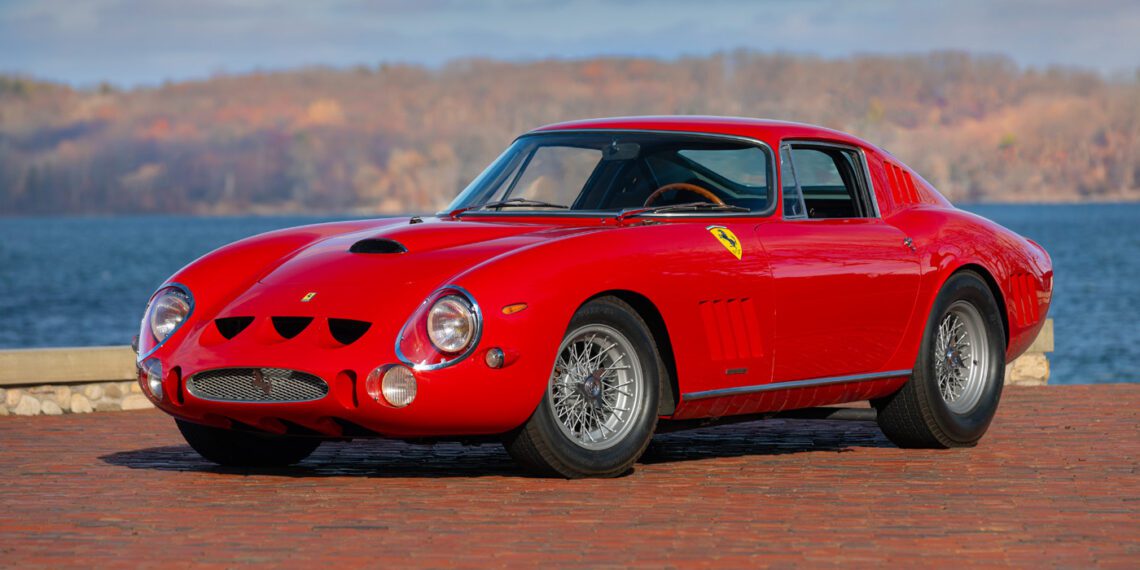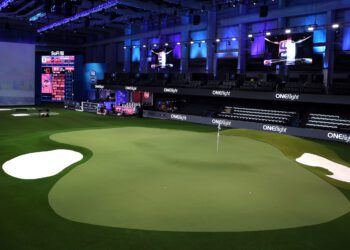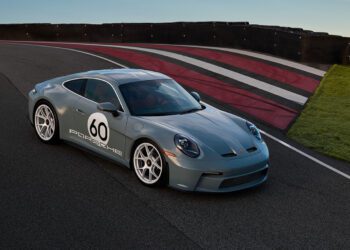During the 1950s-1960s Golden Age of European GT-class racing, Ferrari dominated virtually every event, ranging from hill climbs and rallies to circuit and endurance races. The 250 GT Competition Berlinetta, immortalized as the Tour de France after scoring four consecutive wins in that grueling and diverse event from 1956 through 1959, exemplified Ferrari’s GT-class success during that glorious era. The low-production 250 GTO, the ultimate evolution of the 250 GT concept based on the 250 GT Short Wheelbase Berlinetta (SWB), garnered an impressive string of important wins across Europe and scored three consecutive GT Manufacturers’ Championships (1962-64) for Ferrari; however, its low production and specialization for racing made its homologation as a GT-class racing car a questionable and famously contentious affair with FIA officials.
Meanwhile, the rising prowess of Carroll Shelby’s Ford V-8 powered Cobra and its faster derivative, the Daytona Coupe, piloted by fast-rising American drivers, seriously threatened to unseat Ferrari by 1965. The 250 GTO’s planned successor, the 330 LMB, sometimes referred to as the 4.0L GTO, was strictly a prototype from the outset, and the radical 250 LM and larger-displacement 275 LM were denied GT accreditation by the FIA and classified as prototypes. Undaunted, Ferrari repurposed its new-for-1965 road model, the 3.3L 275 GTB, for GT-class competition. Debuted at Paris in October 1964, the 275 GTB was extremely sophisticated and well suited as the basis for GT-class competition as Ferrari’s first road model with such advanced features as 4-wheel independent suspension, disc brakes all around and ideal weight distribution courtesy of a new 5-speed rear transaxle.
Over the next several months, the Ferrari competition department built a small handful of 275 GTB/LM “Speciale” models. The cars received a special chassis based on the Tipo 563 design, but the unit was actually a special lightweight racing frame constructed of smaller and lighter tubes. Powering the new race car was a 275 LM engine, designated Tipo 213 and producing upwards of 300 HP at 7,750 RPM. Bodywork was made by Scaglietti of super-lightweight, thin-gauge aluminum and more streamlined than the standard 275 GTB design with bulged rear fenders accommodating larger wheels and tires. Plexiglas side and rear windows helped shed additional weight. Interestingly, the competition cars were measurably smaller than their roadgoing counterparts. Just a few first-series 275 GTB competition cars were produced by Ferrari, including this 1964 Ferrari 275 GTB/LM Competizione Speciale, S/N 06701.
When the new 275 GTB competition model was submitted for homologation to the FIA, officials refused to accept the 1,915-pound minimum weight quoted on the homologation paperwork, insisting on the 2,425-pound weight quoted in the sales brochure for the basic 275 GTB road cars. While Ferrari agreed to the higher weight, it also issued a press release stating it agreed to the higher number but would now cease its attempts to homologate the 275 GTB for competition and that the company would also “… abandon the GT Championship.”
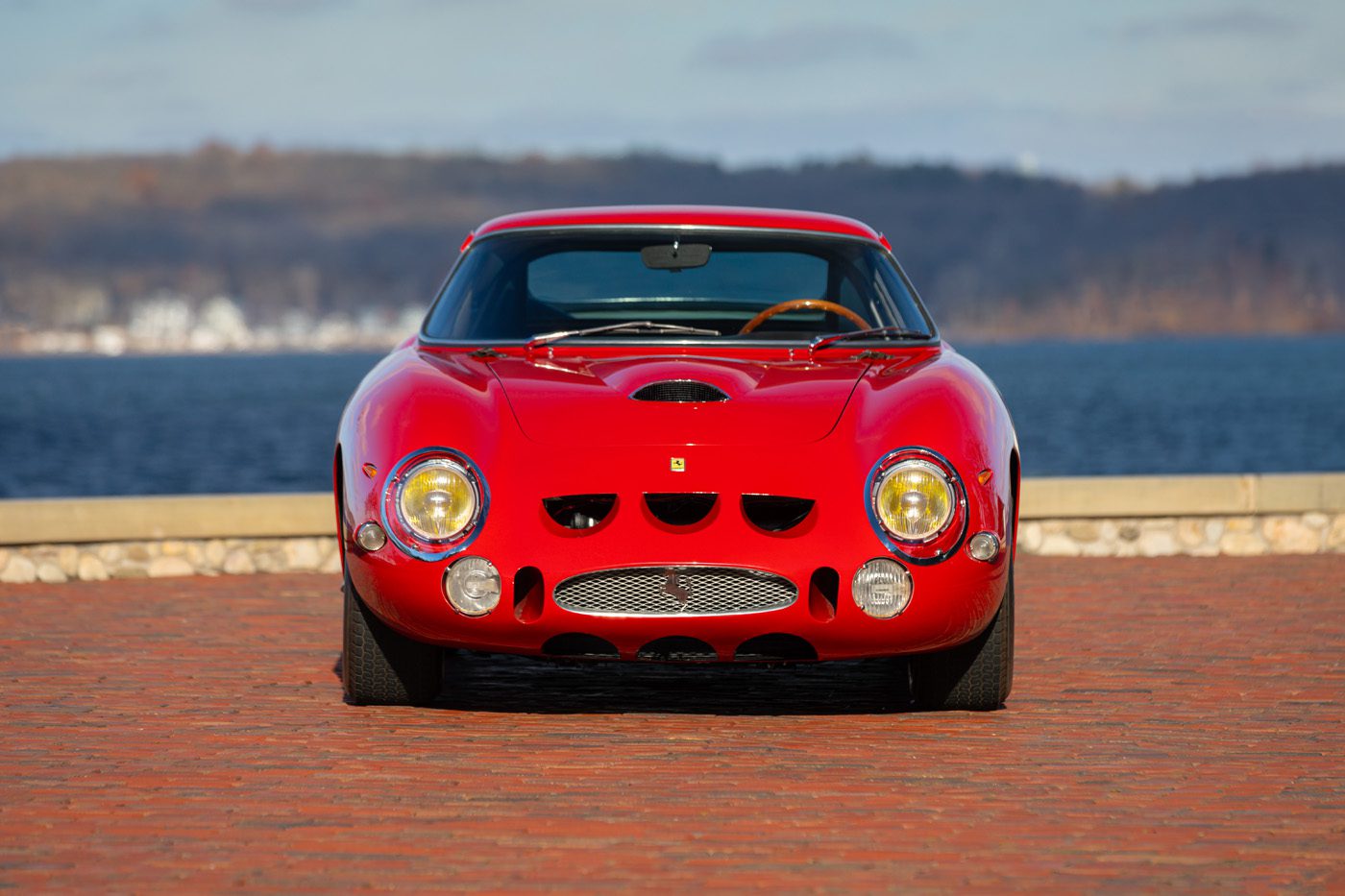

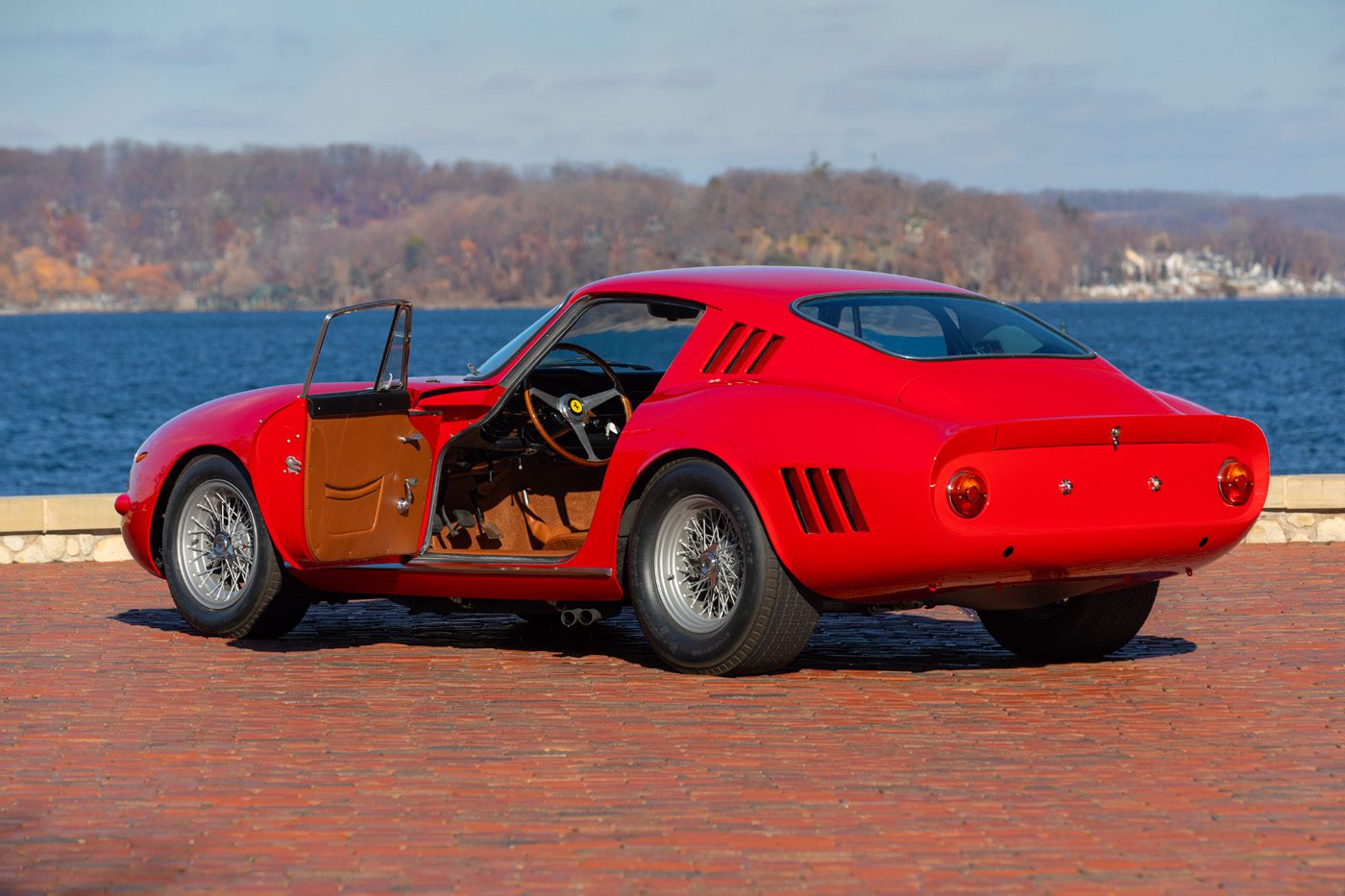
Ferrari’s bold gambit paid off, with the new car finally homologated for competition as FIA officials astutely recognized that without Ferrari’s participation the international GT-class racing would die an unceremonious death. Ultimately, while Ferrari and the FIA agreed to a minimum weight of 2,156 pounds in August 1965, the GT championship was essentially handed to Shelby and the Daytona Coupe as the 250 GTO was now outpaced on faster circuits and Ferrari had no viable challenger to the fast American upstarts for most of the season.
Due to all the regulatory squabbling, the only 275 GTB Competition raced during 1965 was 06885, which was classified as a sports-prototype. Nonetheless, this lone Ferrari acquitted itself extremely well, contesting the brutal Targa Florio and posting startlingly quick lap times at the Nürburgring against the far more specialized sports-prototypes. The crowning achievement for the 275 GTB competition car was a strong third overall posted by Willy Mairesse and Jean “Beurlys” Blaton with 06885 for the Belgian Ecurie Francorchamps at the 24 Hours of Le Mans, with the 275 GTB finishing just 70 miles behind the race-winning 275 LM. Victory over Shelby’s Cobras at the year-ending Nassau Road Races capped the hard-fought debut season for Ferrari’s 275 GTB/LM Competizione Speciale. S/N 06885 has been owned by Preston Henn since 1985 and is surrounded by lore and mystique within the Ferrari community as it could become the first $100 Million Ferrari.
After the initial batch of factory-built 275 GTB/LM Competizione Speciale “hot rods” for 1965, nine more cars (275 GTB Competitzione Clienti) were modified for wealthy privateer Ferrari gentlemen racers, followed in 1966 by a third and final series of competition 275 GTBs for the 1966 racing season, now identified in Ferrari paperwork as “275 GTB/C.” All in all, despite Ferrari’s troubles with international racing sanctioning bodies during the 1960s, the competition 275 GTB acquitted itself very well and upheld its maker’s honor. However, this rare Ferrari competition model is only now beginning to emerge from under the shadow of its less-rare 250 GTO predecessor.
One of that historic group of factory-built competition specials from 1965, 06701 carries fully known and well-recorded provenance from new. Completed on November 26, 1964 and assigned to S.E.F.A.C. for testing, Ferrari maintained possession of 06701 for factory development and FIA homologation until May 1965, when it was sold directly to Pietro Ferraro of Trieste, Italy, a privateer Ferrari racer who finished fourth in the 1962 Targa Florio driving a Ferrari 250 GTO.

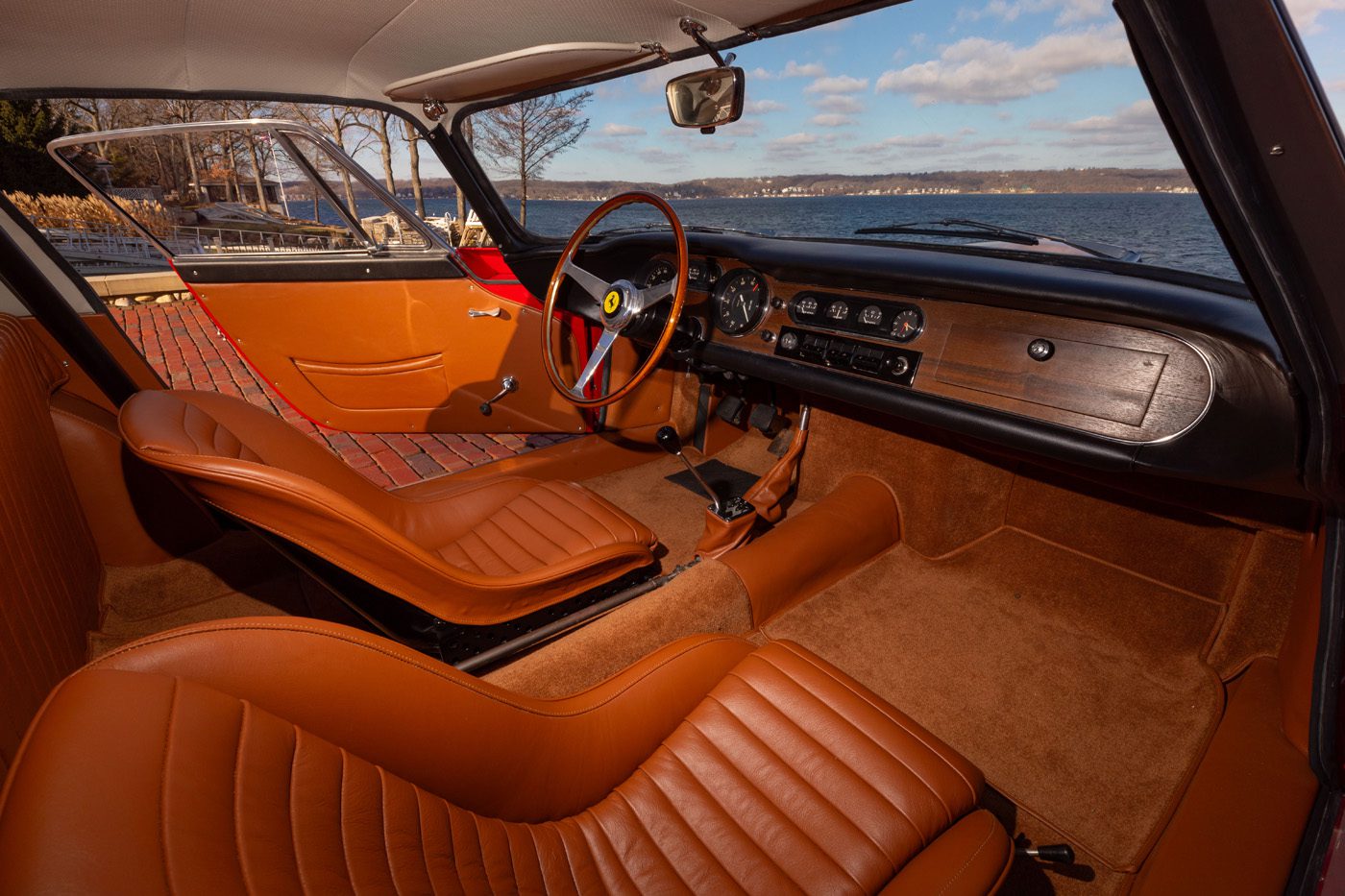
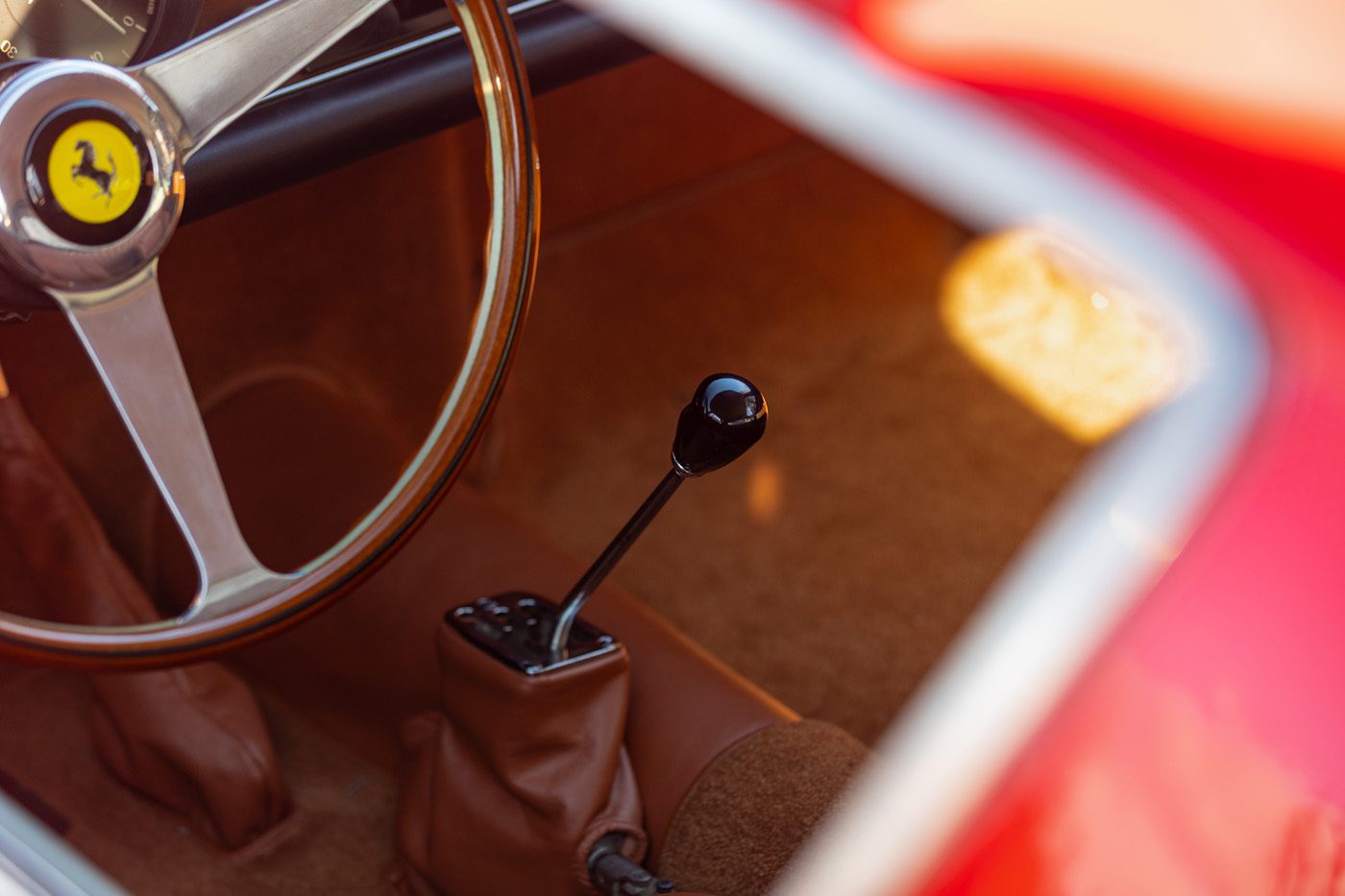
Due to all the homologation complications, Ferrari sold 06701 to Ferraro under the auspices that the special lightweight 275 would never be raced. In 1969, Ferraro sold the car to Alessandro Gregori of Vicenza, Italy, who owned the car two months before selling it via Milanese Ferrari dealer M.G. Crepaldi Automobili to Colonel E.B. Wilson of London, England. The next owner was Michel Jacques Poberejsky, a wealthy resident of Boulogne-Billancourt, France, who purchased the car through Leonard Potter of Great Britain in 1971. Poberejsky, who owned the car for nearly the next 25 years, was a former Ferrari racer who competed under the pseudonym Mike Sparken.
Early in the car’s life, three 250 GTO-style cooling vents were added to the frontal bodywork to help provide more air for the engine. After Poberejsky’s long-term ownership, the car was sold to noted Ferrari collector Brandon Wang in 1995, who entered the car at numerous historic races across Europe from 1995 to 1998 and had the car restored. Under Mr. Wang’s ownership, the history of 06701 to that time was chronicled in the pages of “Cavallino” magazine (Issue 100, April/May 1999).
Bruce and John McCaw’s Cavallino Holdings in Seattle, Washington, acquired 06701 in 1999, and in 2004 the car was sold to Christopher Cox of Chapel Hill, North Carolina. In 2005, Mr. Cox exhibited the car at the XIV Cavallino Classic that January and competed in the Monterey Historic Races at Laguna Seca that August. Subsequently, the 275 GTB/LM has been in the care of just two private collectors—the latest since 2014.
While purpose-built by Ferrari for GT-class competition, 06701 was never raced and served as a strictly glamorous road car in period, helping to ensure its survival to the present. Far more successful during the mid-to-latter 1960s than many racing historians have fully recognized in the past, the 275 GTB/LM Competition Specials were the instruments by which Ferrari staunchly reaffirmed and maintained its ongoing commitment to international GT-class racing during that turbulent decade, and today the 275 GTB/LM is considered a direct descendant and evolutionary successor to the Ferrari 250 GTO.
This vehicle will be featured at the Mecum Auctions event in Kissimmee, Florida, known as The World’s Largest Collector Car Auction®. The auction will showcase more than 4,000 cars and thousands of Road Art items. The event is scheduled to take place from January 2 to 14, 2024. To explore more cars and participate in onsite, telephone, or online bidding, visit https://www.mecum.com/auctions/kissimmee-2024/.

